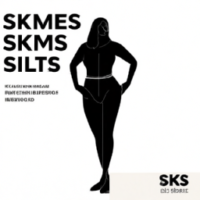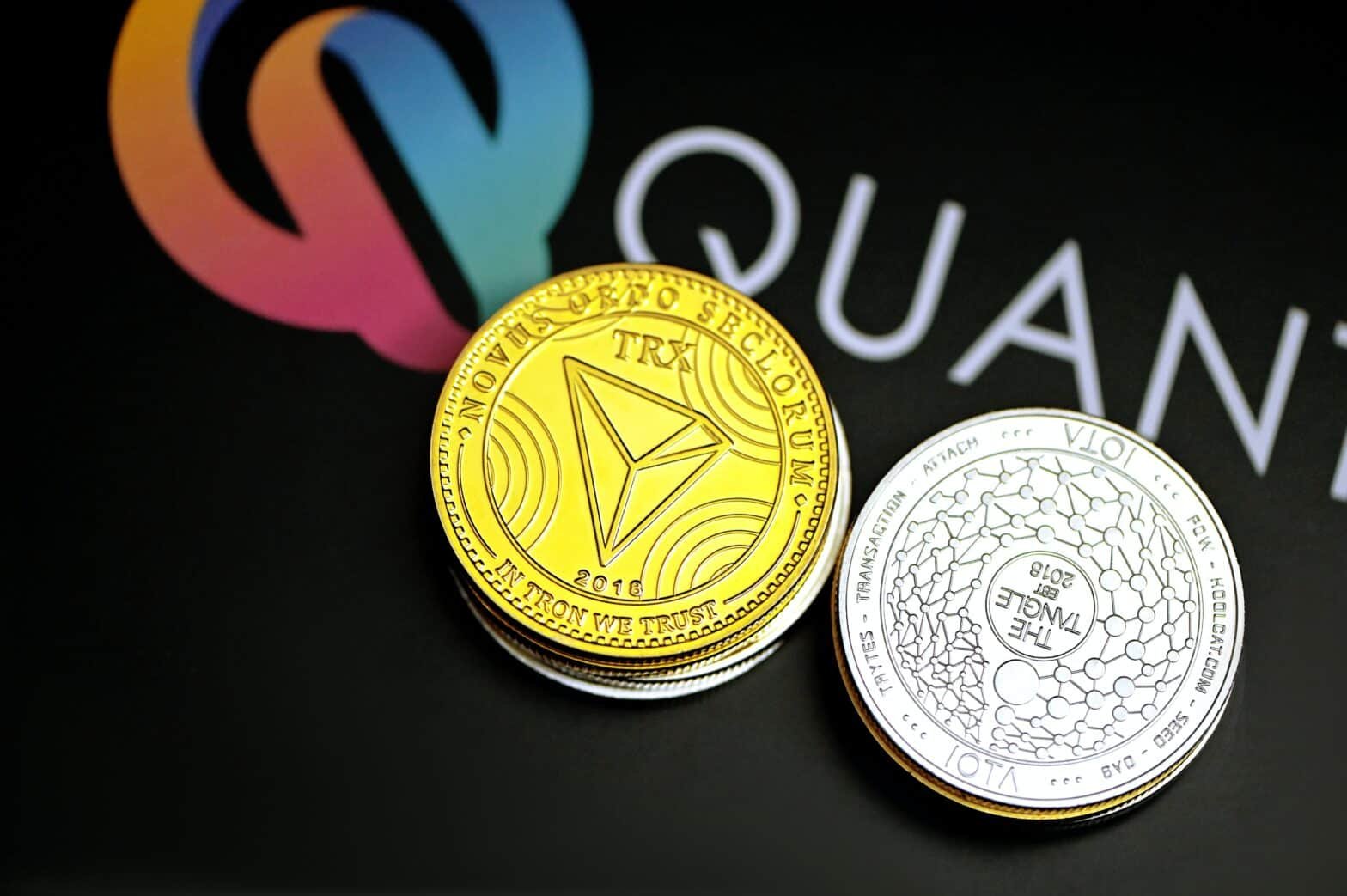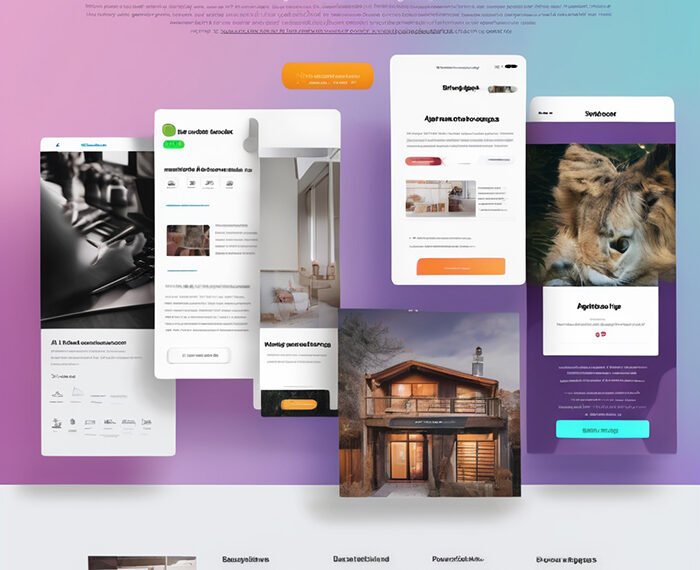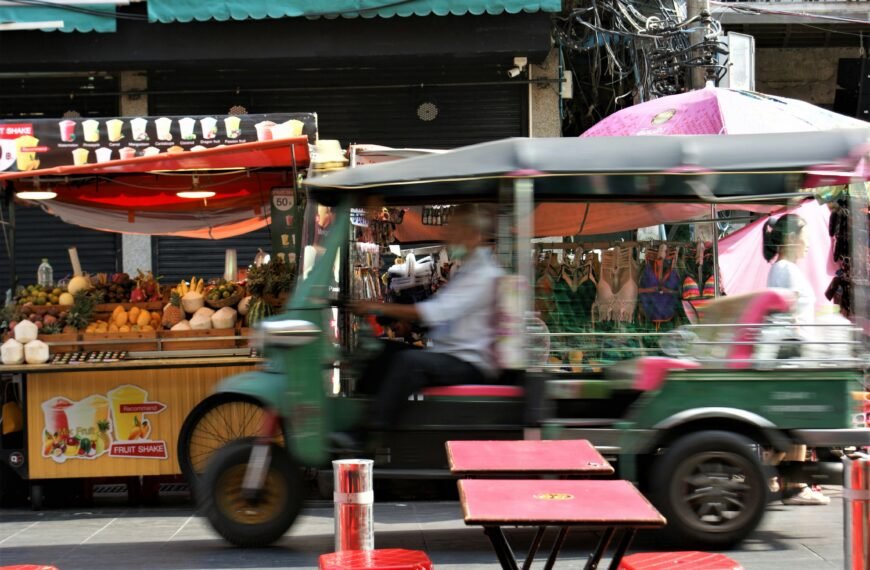San Francisco’s Financial District is taking a proactive approach to breathe new life into its struggling downtown area with the redesign of the Landing at Leidesdorff. With remote working during the pandemic leaving office-dense downtowns desolate, the district aims to reinvigorate the neighborhood by transforming the passageway into a vibrant space. Incorporating removable street seating, captivating murals, and a village-like atmosphere, the redesign strives to reactivate the district while fostering a sense of community. This innovative initiative mirrors similar proposals, like the DC Greenways plan in Washington, D.C., which seek to revitalize struggling downtowns. However, the challenges lie in navigating resistance from city agencies, real estate owners, and community groups who may be reluctant to embrace change.
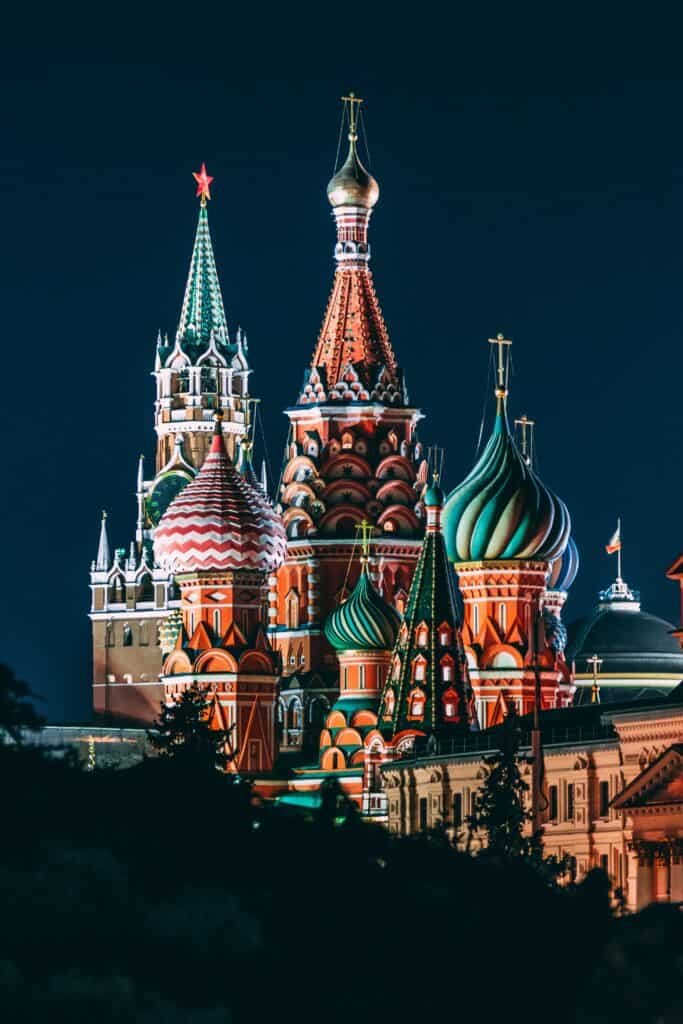
Read more about the Latest Money News
The Landing at Leidesdorff: Revitalizing San Francisco’s Financial District
Redesigning the Passageway for Revival
San Francisco’s Financial District is undergoing a transformative project to revitalize its struggling downtown area. One of the key components of this project is the redesign of a passageway known as the Landing at Leidesdorff. The aim is to create a vibrant and welcoming space that attracts foot traffic, fosters a sense of community, and supports local businesses. By implementing creative and innovative changes, the hope is that the Financial District will regain its vitality and become an exciting and bustling hub once again.
Introduction to the Revitalization Project
The Landing at Leidesdorff revitalization project is part of a larger effort to restore downtown areas affected by the impact of remote work. Since the onset of the pandemic, many corporations have adopted permanent or hybrid remote work policies, leading to a significant decrease in office occupancy. As a result, downtown areas, which rely heavily on office workers for foot traffic and economic activity, have suffered. The Landing at Leidesdorff project aims to counteract these negative effects by creating an inviting and engaging public space that attracts people back to the Financial District.
The Importance of Revitalizing Downtowns
Impact of Remote Work on Downtown Areas
The rise of remote work has had a profound impact on downtown areas across the country. When companies transitioned to remote work during the pandemic, downtowns became ghost towns as office buildings stood empty. This dramatic decrease in foot traffic not only affected the local economy but also had consequences for the overall livability and vibrancy of these areas. By revitalizing downtowns, cities can reclaim their once-thriving environments and restore economic stability.
Strain on City Tax Collection and Budgets
Downtowns are significant contributors to city tax revenue. Property taxes, sales taxes, and business taxes from downtown businesses feed directly into a city’s budget, supporting essential services and infrastructure development. With the decrease in office occupancy, cities have experienced a strain on their tax collection and budgets. Revitalizing downtown areas like the Landing at Leidesdorff can help restore tax revenue by attracting businesses, residents, and visitors, thereby replenishing city coffers and ensuring the financial stability of local government.
Effect on Local Businesses
Local businesses in downtown areas have been hit particularly hard by the shift to remote work. Many rely on the daily influx of office workers for their clientele, and the sudden decrease in foot traffic has left them struggling to stay afloat. Revitalization efforts such as the Landing at Leidesdorff project are crucial in providing a much-needed boost to local businesses. By creating an attractive and lively atmosphere, these initiatives can draw customers back to downtown areas and help ensure the survival of small businesses that form the heart of these communities.
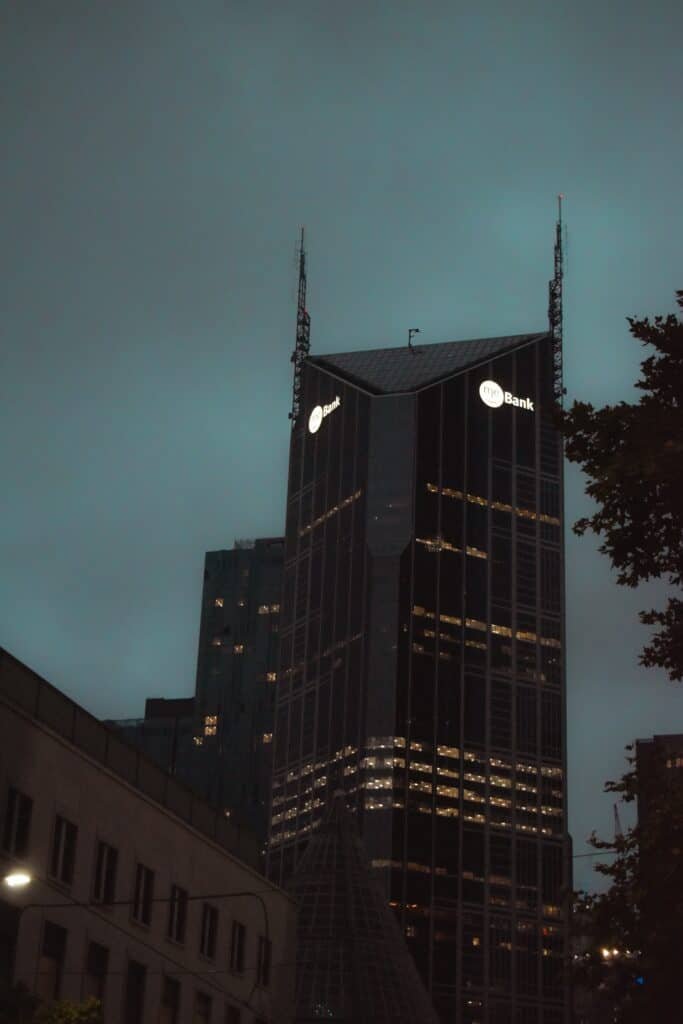
Read more about the Latest Money News
Similar Initiatives in Other Cities
DC Greenways Plan in Washington, D.C.
The Landing at Leidesdorff project is not an isolated endeavor. Across the country, cities are implementing similar initiatives to revitalize struggling downtowns. One notable example is the DC Greenways Plan in Washington, D.C. This plan focuses on creating interconnected, pedestrian-friendly green spaces within the city, encouraging walking and cycling as alternative modes of transportation. By transforming underutilized spaces into vibrant parks and walkways, D.C. aims to revitalize its downtown area while prioritizing sustainability and community wellbeing.
Revitalization Efforts in Other Downtowns
Cities across the United States have recognized the importance of revitalizing their downtown areas to promote economic growth and community wellbeing. From Denver’s 16th Street Mall to Detroit’s Campus Martius Park, successful revitalization projects have proven that the right combination of public spaces, cultural attractions, and business support can reinvigorate struggling downtowns. The Landing at Leidesdorff project in San Francisco’s Financial District is poised to be another success story, contributing to the overall renaissance of downtown areas nationwide.
The Challenges in Implementing Revitalization
Resistance from City Agencies
Implementing revitalization projects often comes with challenges from various stakeholders, including city agencies. These agencies may have different priorities and agendas, making it difficult to align on the steps needed to bring about meaningful change. However, it is essential for city agencies to recognize the value of downtown revitalization in promoting economic growth and improving the quality of life for residents. By working together and finding common ground, city agencies can overcome their differences and support initiatives like the Landing at Leidesdorff project.
Obstacles from Real Estate Owners
Real estate owners in downtown areas may have reservations about revitalization efforts due to concerns about property values and leasing arrangements. They may fear that changes in the area’s landscape or business environment could impact their investment returns. However, it is crucial for real estate owners to understand that revitalization projects create long-term value by attracting businesses, residents, and visitors to the area. Effective communication and collaboration between project leaders and real estate owners can help address these concerns and foster a mutually beneficial partnership.
Community Groups and Resistance to Change
Community resistance to change is another common challenge faced when implementing revitalization projects. People often develop attachments to the status quo and may be reluctant to embrace new developments in their neighborhoods. It is essential for project leaders to engage with community groups early on and ensure that their voices are heard throughout the planning and implementation process. By addressing concerns and incorporating community feedback, the Landing at Leidesdorff project can build support and generate excitement among residents, leading to a successful and well-received revitalization effort.

The Vision for the Landing at Leidesdorff
Creating a Village-like Atmosphere
The Landing at Leidesdorff aims to create a unique and inviting atmosphere that harkens back to the charm of a village. By incorporating elements of traditional village architecture and design, such as pedestrian-friendly streets, outdoor seating areas, and lush greenery, the passageway will provide a warm and welcoming environment for both residents and visitors. The goal is to evoke a sense of community and create a space that people are drawn to, fostering social interaction, and revitalizing the Financial District.
Features of the Passageway Redesign
The passageway redesign will include several key features to make the Landing at Leidesdorff a vibrant and engaging space. One notable feature is the implementation of removable street seating. This flexible seating arrangement allows for social interaction, gathering, and relaxation. It also provides the ability to accommodate events and functions, further enhancing the passageway’s versatility. Additionally, street murals and artistic expression will be incorporated throughout the space, adding color, creativity, and a sense of identity to the area. These features, combined with other carefully curated elements, will contribute to the overall revitalization of the Financial District.
Removable Street Seating
Promoting Social Interaction and Gathering
One of the essential elements of the Landing at Leidesdorff project is the inclusion of removable street seating. This seating arrangement serves as an invitation for people to come together, fostering social interaction and promoting a sense of community. By providing comfortable and flexible seating options, visitors can engage in conversations, enjoy their surroundings, and form connections with one another. This social aspect is crucial in creating a vibrant and lively atmosphere that attracts people back to the Financial District.
Flexibility for Events and Functions
The choice to utilize removable street seating offers an added advantage of flexibility for the Landing at Leidesdorff. The seating can be rearranged or temporarily cleared to accommodate various events and functions. This adaptability allows for a dynamic use of space and ensures that the passageway can cater to different activities, whether it be hosting a farmers market, live performances, or community gatherings. By providing a venue for diverse events, the Landing at Leidesdorff becomes a hub of activity that contributes to the overall revitalization of the Financial District.
Street Murals and Artistic Expression
Adding Color and Creativity to the Area
Street murals and artistic expression play a significant role in enhancing the visual appeal of the Landing at Leidesdorff. The inclusion of vibrant and captivating murals adds color and creativity to the area, transforming the passageway into an immersive art gallery. These installations serve as landmarks and attractors, arousing curiosity and drawing people into the space. By infusing artistic expression into the environment, the Landing at Leidesdorff becomes a destination in its own right, enticing visitors to explore and engage with the Financial District.
Fostering a Sense of Identity and Community
Art has the power to foster a sense of identity and community. By featuring murals and artistic expressions that reflect the unique characteristics of San Francisco, the Landing at Leidesdorff can cultivate a stronger connection between residents, visitors, and the surrounding community. These visual representations serve as a source of pride and ownership, creating a shared experience and a sense of belonging. Through the celebration of local art and culture, the passageway becomes a space that promotes unity and a deeper connection to the city.
Reviving Local Businesses
Attracting Foot Traffic and Customers
One of the primary goals of the Landing at Leidesdorff project is to revive local businesses by attracting foot traffic and customers. The redesigned passageway, with its inviting atmosphere and engaging features, will entice people to explore the Financial District. As people gravitate towards the area to enjoy the vibrant public spaces, they will inevitably discover the diverse array of local businesses. Whether it’s a quaint café, a boutique shop, or a hidden gem restaurant, the passageway will serve as a conduit for bringing customers directly to these establishments, providing them with a much-needed boost in visibility and patronage.
Supporting Small Businesses and Entrepreneurs
Revitalization efforts like the Landing at Leidesdorff project recognize the importance of supporting small businesses and entrepreneurs in their recovery and growth. The passageway will provide an opportunity for these businesses to showcase their products and services in a central and prime location. By creating a vibrant and lively environment, the project aims to create a consumer-friendly atmosphere that encourages people to explore, shop, and engage with local businesses. Through this support, small businesses and entrepreneurs can thrive, contributing to the overall economic revival of the Financial District.
Collaborative Efforts and Partnerships
Involvement of City Agencies and Government
The success of the Landing at Leidesdorff project relies on the involvement of city agencies and government entities. Collaboration between these stakeholders is crucial to ensure the smooth implementation of the revitalization efforts. City agencies can provide expertise, resources, and support in navigating the regulatory framework and permitting processes. Their involvement is instrumental in leveraging existing infrastructure and maximizing the project’s potential. By working together, city agencies and government can play a vital role in turning the vision for the Landing at Leidesdorff into a reality.
Engagement with Real Estate Owners and Developers
Real estate owners and developers hold a significant stake in the revitalization of downtown areas. Engaging with these stakeholders is essential to address their concerns, gather insights, and foster mutually beneficial partnerships. By demonstrating the long-term value and positive impacts that the Landing at Leidesdorff project can have on property values and the surrounding area, project leaders can alleviate any reservations and secure the necessary support. Collaboration with real estate owners and developers allows for a well-rounded approach to revitalization, ensuring the project’s success and sustainability.
Community Involvement and Stakeholder Engagement
The success of any revitalization project is heavily reliant on community involvement and stakeholder engagement. The Landing at Leidesdorff is no exception. From the earliest stages of planning through implementation and beyond, community input and engagement is crucial to ensure that the project reflects the desires and needs of the local residents and businesses. Regular feedback sessions, workshops, and community events allow for open dialogue, fostering a sense of ownership and pride within the community. By including stakeholders in the decision-making process, the Landing at Leidesdorff can truly become a project that serves the entire community.
Benefits and Future Outlook
Positive Impact on Downtown Economy
The revitalization efforts of the Landing at Leidesdorff are expected to have a positive impact on the downtown economy. By attracting foot traffic, supporting local businesses, and generating economic activity, the project will contribute to the overall health and prosperity of the Financial District. Increased consumer spending, job creation, and revenue generation will help stimulate economic growth, benefiting both residents and businesses alike. The Landing at Leidesdorff has the potential to position the Financial District as a vibrant and attractive destination, drawing visitors from near and far and solidifying its status as the heart of San Francisco’s business and cultural scene.
Increased Vibrancy and Livability
Revitalization projects like the Landing at Leidesdorff have broader implications beyond just the economy. By creating a vibrant and engaging public space, the project enhances the overall livability of the Financial District. The inclusion of flexible seating, street murals, and a village-like atmosphere fosters a sense of community and encourages social interaction. As people rediscover the charm and energy of the area, the Financial District becomes a place where residents and visitors can work, live, and play. The increased vibrancy contributes to a thriving urban environment that enriches the lives of those who call it home.
Long-term Sustainability of the Revitalization Efforts
Sustainability is a key consideration in the revitalization of downtown areas, including the Landing at Leidesdorff project. A comprehensive approach that values environmental, social, and economic sustainability is essential to ensure the long-term success of the efforts. By incorporating green spaces, sustainable materials, and energy-efficient technologies, the project can minimize its environmental footprint and promote a healthy and resilient urban ecosystem. Furthermore, by supporting local businesses and fostering community engagement, the project creates a socially sustainable environment that promotes inclusivity and equity. Together, these efforts lay the foundation for a revitalized Financial District that can thrive for generations to come.
In conclusion, the Landing at Leidesdorff project represents a significant opportunity to revitalize San Francisco’s Financial District and restore its vitality. By overcoming the challenges, engaging stakeholders, and implementing innovative design elements, this project has the potential to become a shining example of successful downtown revitalization. The benefits extend beyond just economic growth, encompassing increased vibrancy, community engagement, and long-term sustainability. As the Landing at Leidesdorff transforms into a vibrant and welcoming space, it serves as a beacon of hope for downtown areas across the country, proving that with vision, collaboration, and perseverance, struggling downtowns can be reimagined and revitalized.




